Prominent figures like musicians John Lennon and James Brown, or computer specialist Ted Nelson, have made the political slogan “Power to the People” their credo.
After an initial overview of five civil rights movements that chose “Power to the People” as their motto, the second part of the series follows. It's about selected figures who have integrated the political slogan into their songs and books, and have thus identified with it personally: musicians who were also activists and a computer pioneer who called for computers to be understandable to all.
1. John Lennon and the Plastic Ono Band – Power to the People
The song “Power to the People” by John Lennon and the Plastic Ono Band was released in the UK on March 12, 1971. It was not the first political song by Lennon and Ono, but it was one that was to usher in a new phase in Lennon’s career and political stance. By the end of the 1960s, John Lennon and his second wife Yoko Ono were already organizing happenings together in order to campaign for world peace. Their “sit-ins” in Amsterdam and Toronto became particularly famous, as did their “War Is Over (If You Want It)” campaign in 1969. In Lennon’s music too, peace had long been a major theme, for example in “Give Peace a Chance” or “Instant Karma”.
In 1971, Lennon gave an interview to activists Tariq Ali and Robin Blackburn of the Marxist magazine “Red Mole”, as a result of which his views on possible forms of protest changed. Prior to that, Ali and Blackburn had criticized Lennon for his non-violent form of protest. The time had come to find bolder words, and the first result of this shift in his thinking was the song “Power to the People”, which Lennon wrote shortly after the interview.

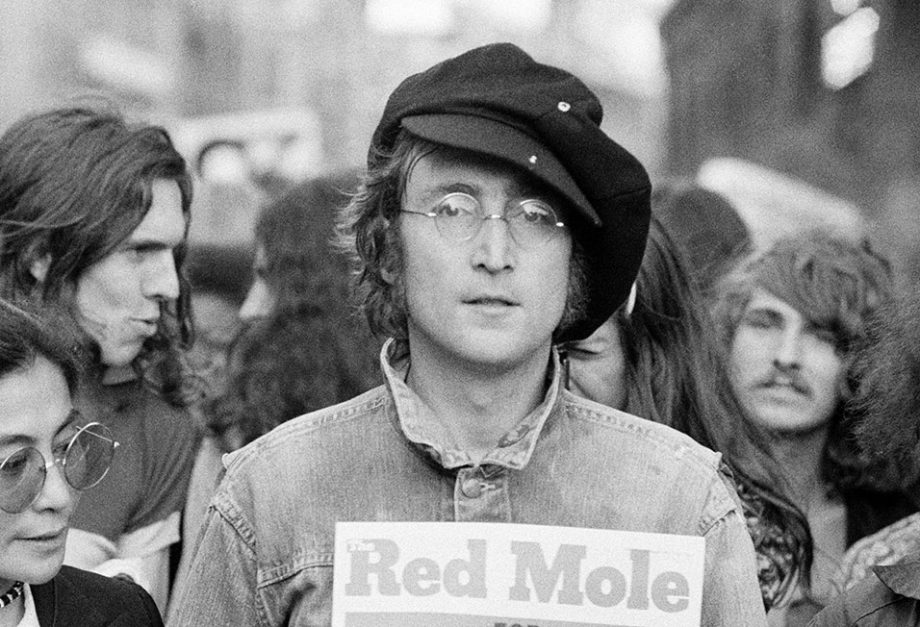
John Lennon with the Red Mole Magazine, Image via nme.com
It’s the first time that he speaks explicitly of revolution, and yet the text remains non-specific. Instead, it describes a mood, evokes a very particular atmosphere. The refrain is perfect for singing along to – it’s like a hymn that can provide a soundtrack, to each and every revolutionary movement. On the cover of the single we see John Lennon wearing a Japanese police helmet.
The thrust is clear: The “Love is all you Need” mentality of the 1960s is now over. And in the albums that followed during the 1970s, Lennon becomes even more specific and critical. 1971 his album “Imagine” with its super-hit of the same name was released, followed in 1972 by “Some Time in New York City”, which is considered his most political, with the song “Woman is the Nigger of the World” among others, including songs about Angela Davis, John Sinclair or New York City, which feature allusions to the scene in Downtown Manhattan.

:format(jpeg):mode_rgb():quality(90)/discogs-images/R-513450-1282595689.jpeg.jpg)
Power to the People, Cover, Image via discogs.com
2. James Brown – Say it Loud, I’m Black and Proud / Soul Power
During the late 1960s James Brown was a role model for the American civil rights movement. This wasn’t something that came naturally. Admittedly, he was a confident, African-American artist who openly expressed his sexuality, but in early 1968 he annoyed all the black intellectuals among his fans by singing “America is my Home”. Legend would have it that the Black Panthers paid him a visit afterwards with the aim of talking him round. Even if this is merely legend, it was obvious to anyone that something had changed in James Brown’s political attitude: The grease in his hair gave way to an afro, and at the end of the same year he proclaimed his political leanings with the song “Say it Loud, I’m Black and Proud”. Parts of this became catchphrases for the Black Power movement – he had won over the black population once again while his white fans by contrast started to distance themselves from him.
:format(jpeg):mode_rgb():quality(90)/discogs-images/R-1484125-1305204244.jpeg.jpg)
Cover by James Brown – Say It Loud I'm Black And I'm Proud, Image via: discogs.com
As is typical of Brown’s music, the song consists primarily of rhythm instruments: drums, bass, horns and guitar. Brown screams out the text, he’s talking more than singing. “Now we demand a chance to do things for ourself / We’re tired of beatin’ our head against the wall / And workin’ for someone else.”
And power to the people? The slogan is tucked away in James Brown’s work. In 1971 he published his song “Soul Power”, which he modified particularly in concert. In a call-and-response style, the exchange of “What we want?”, “Soul power!” regularly became “What we want?”, “Power to the people!” James Brown and the Black Power movement may have merely flirted with each another, but for many his texts became a credo, and his songs became hymns.
Now we demand a chance to do things for ourself. We’re tired of beatin’ our head against the wall and workin’ for someone else.

3. Ted Nelson – Computer Power to the People
In 1974, American Ted Nelson published his book “Computer Lib / Dream Machines” with the subheading “You can and must understand computers NOW”. In this – or more precisely in the two books he wrote – Nelson combines a manual for using computers with political freedom and presents his cause under the motto “Computer power to the people! Down with the cybercrud”. Cybercrud is a term he coined, which is best explained as the incomprehensibility of the computer world. This was and remains Nelson’s cause: Computers – or rather a user interface – should be understandable to all within as short a time as possible.
Ted Nelson is a philosopher, but most importantly a pioneer of information technology, and since the very beginnings of micro- and personal computers has campaigned for the comprehensibility of these devices. In 1974, both the micro-computer (i.e. not a mainframe computer, but rather those that could be operated by individual persons) and the PC were on the way towards conquering the world. The Altair 8800, the first commercially successful micro-computer, was launched on the market shortly after Computer Lib.
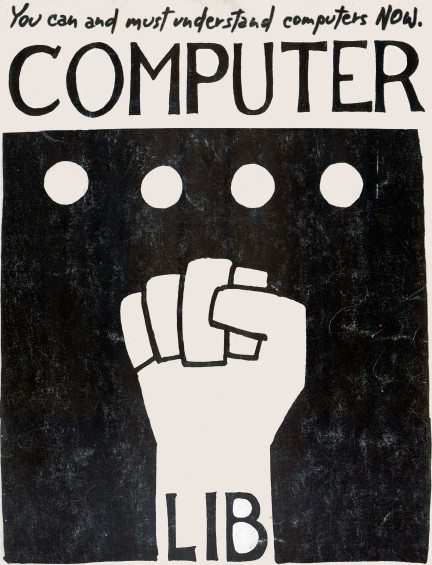
Ted Nelson, Computer Lib / Dream Machines, Image via: thedigitalage.pbworks.com
It’s no surprise, then, that Nelson could not find a publisher for his book and had to have it printed at his own expense. The book was a manifesto for PC fans, hackers and computer hobbyists and is therefore considered the first ever book about personal computers. Like the Altair 8800 or the Apple II, engineering marvels that turned the existing computer order on its head, “Computer Lib” also contributed to furthering the concept of the computer as a personal and easily usable device.


The film to the exhibition: Hans Haacke. Retrospective
A legend of institutional critique, an advocate of democracy, and an artist’s artist: The film accompanying the major retrospective at the SCHIRN...

A new look at the artist – “L’altra metà dell’avanguardia 1910–1940”
With “L’altra metà dell’avanguardia 1910–1940”, in 1980 Lea Vergine curated an exhibition at the Palazzo Reale in Milan that was one of the first...

Non-human living sculptures by Hans Haacke and Pierre Huyghe
In his early work, HANS HAACKE already integrated animals and plants as co-actors into his art. In that way he not only laid the foundations for a...

CURATOR TALK. CAROL RAMA
SCHIRN curator Martina Weinhart talks to Christina Mundici, director of the Carol Rama Archive in Turin, editor of the first Catalogue Raisonné and...

Freedom costs peanuts
HANS HAACKE responded immediately in 1990 to the fall of the Berlin Wall and turned a watchtower into art.

The film to the exhibition: CAROL RAMA. A REBEL OF MODERNITY
Radical, inventive, modern: The film accompanying the major retrospective at the SCHIRN provides insights into CAROL RAMA's work.

Now at the SCHIRN: Hans Haacke. Retrospective
A legend of institutional critique, an advocate of democracy, and an artist’s artist: the SCHIRN presents the groundbreaking work of the compelling...

Carol Rama’s Studio: A nucleus of creativity
CAROL RAMA determinedly forged her own path through the art world. Her spectacularly staged studio in Turin was opened to the public only a few years...

PANEL: POLITICAL ACTIVISM BY SELMA SELMAN
Hosted by Arnisa Zeqo, Amila Ramović and Zippora Elders speak with the artist Selma Selman about her artistic career, the exhibition SELMA SELMAN....
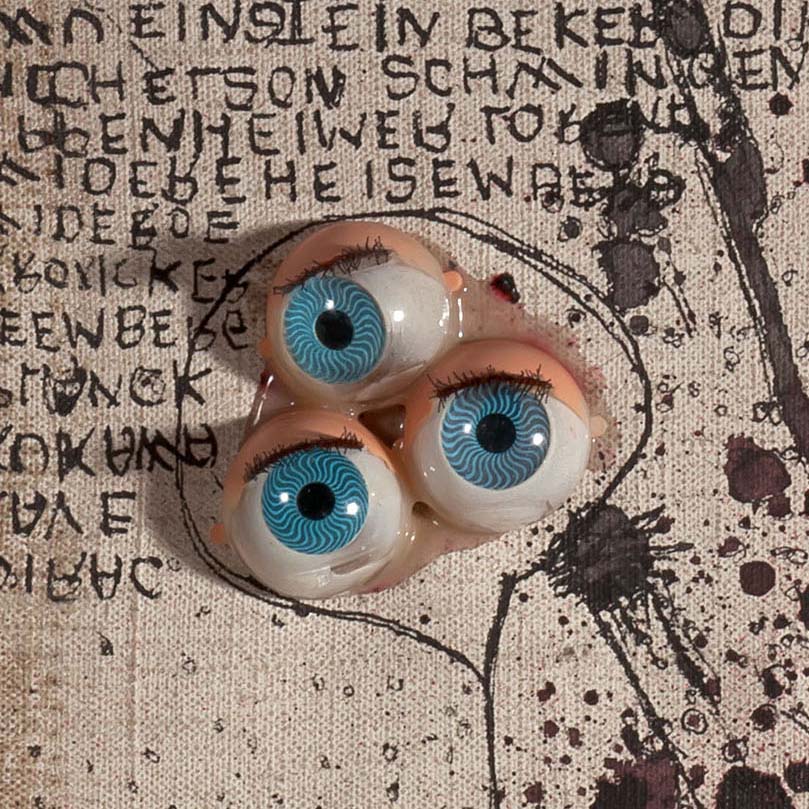
Now at the SCHIRN: Carol Rama. A rebel of Modernity
Radical, inventive, modern: the SCHIRN is presenting a major survey exhibition of CAROL RAMA’s work for the first time in Germany.
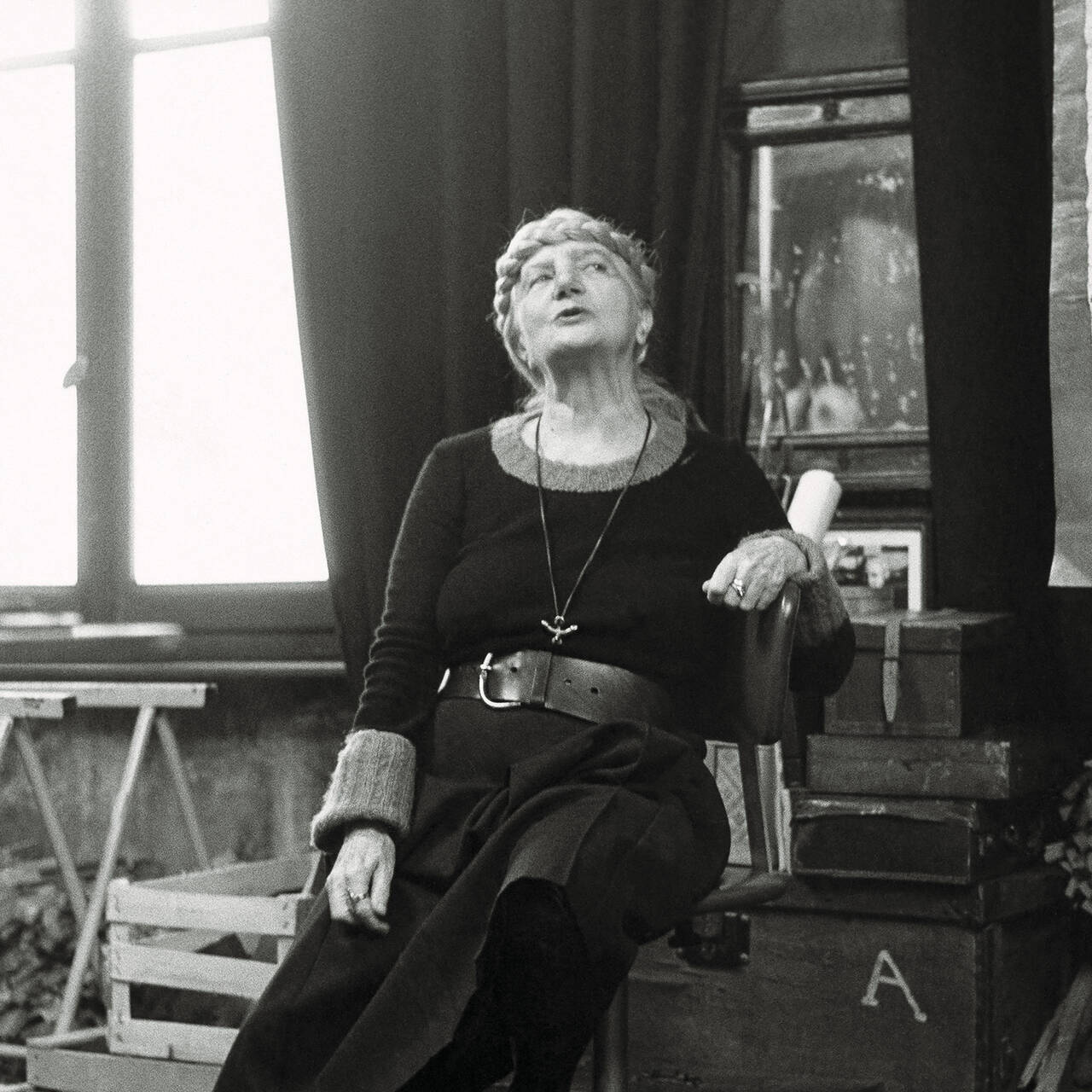
Carol Rama in 10 (F)Acts
CAROL RAMA was one of the most provocative female artists of the 20th century. With her explicit depictions of sexuality, physicality, and tabooed...

A lab for art in the public realm
The CASABLANCA ART SCHOOL wanted to make art part of urban life, visible for all, and interacting with the everyday culture of the city. To this day,...
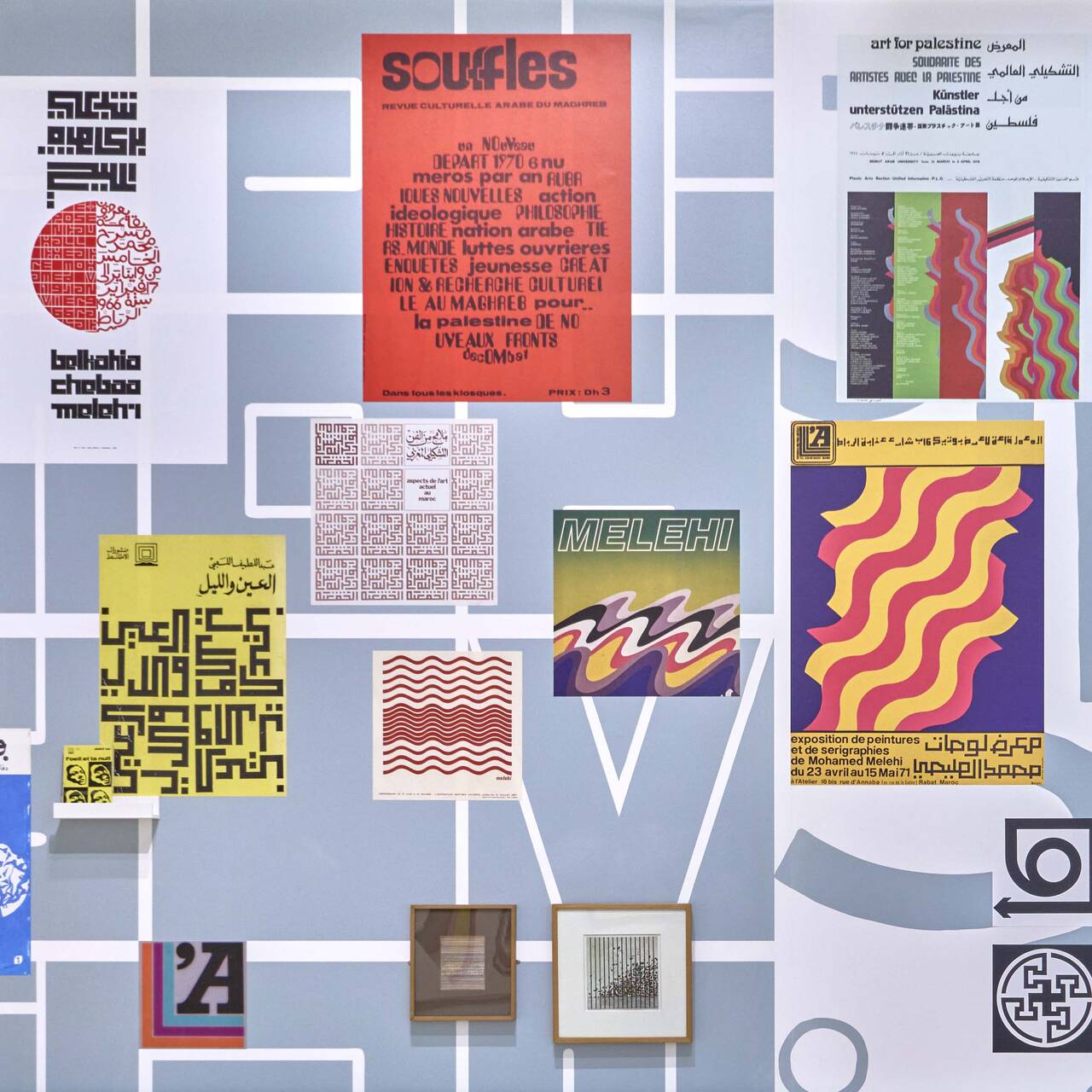
Art and the world of journals in the Arab 20th century
Many of the teaching staff at the Casablanca Art School contributed to the journal “Souffles”, an extraordinary example for the strong...

A question of listening
Selma Selman creates her poetry of the future from multiple generations of Roma heritage completed with her subjective family story and history from...

5 questions for Salma Lahlou
Salma Lahlou is an independent curator. Her exhibitions and research projects continuously engage with the CASABLANCA ART SCHOOL. We spoke with her...

CURATORIAL TALK: CASABLANCA ART SCHOOL
The curators, Madeleine de Colnet and Morad Montazami, talk to SCHIRN curator Esther Schlicht and filmmaker Mujah Maraini-Melehi about the background...
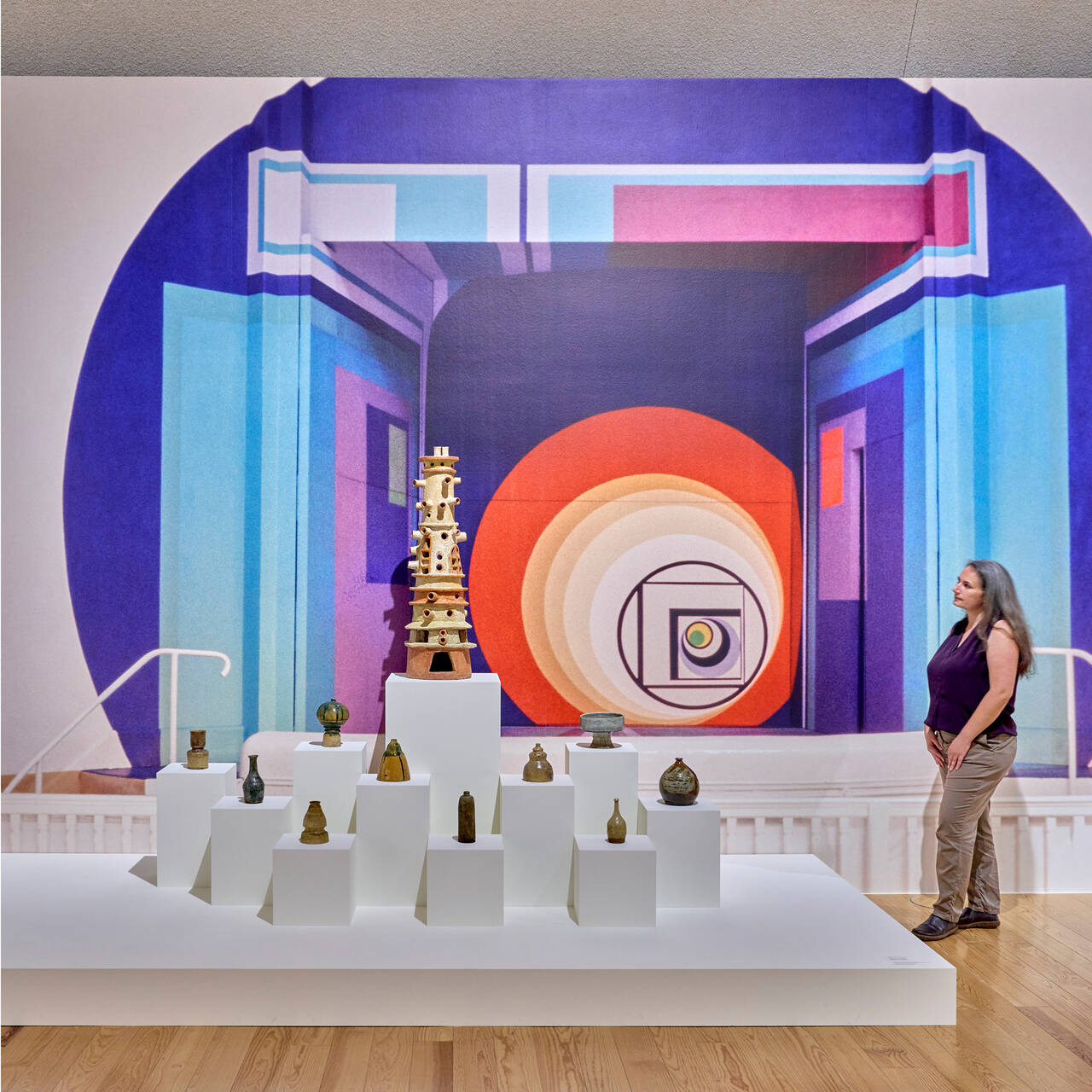
Casablanca’s Art School and the Bauhaus heritage
The CASABLANCA ART SCHOOL revolutionized the Moroccan art scene and managed to liberate itself from its French colonial past. In some respects, it...
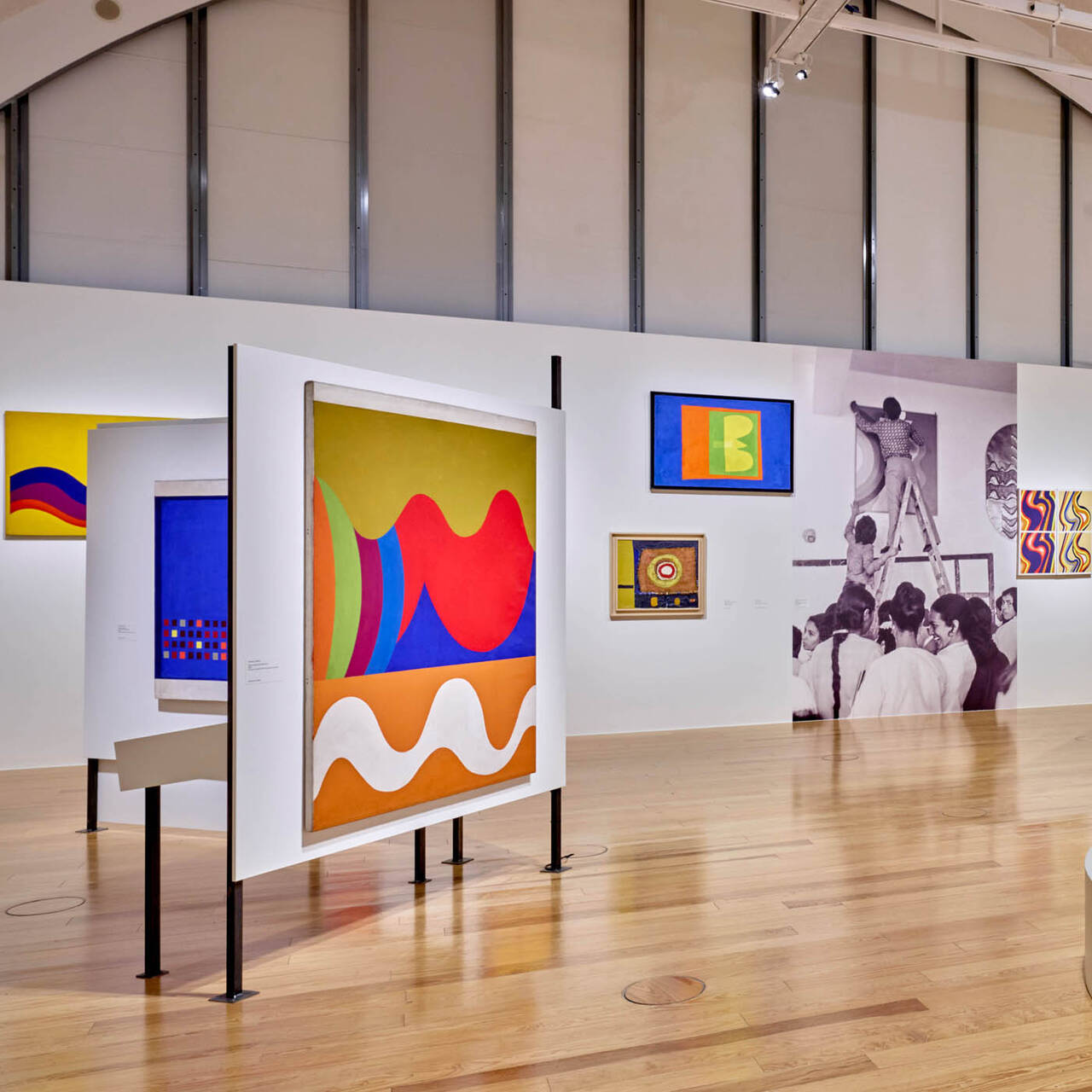
The film to the exhibition: Casablanca Art School. A POSTCOLONIAL AVANT-GARDE 1962–1987
What artists and teachers were the driving force behind the CASABLANCA ART SCHOOL? And what was so special about that new art movement? The film...

The World’s Superfluous Elements
Selma Selman’s art often revolves around recycling, something that places her in a long lineage of artistic transformations

Hidden perspectives on the city (history) of Casablanca
The video series “School of Walking” by Bik van der Pol shows Casablanca from the perspective of contemporary artists and cultural producers - and...